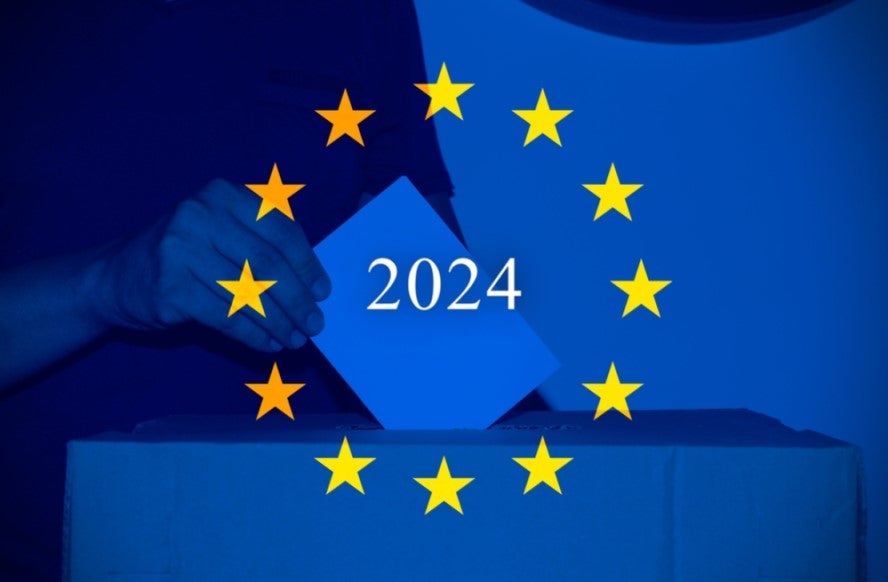
For decades, central banks have used stress testing to assess their resilience to various economic shocks such as a recession. In recent years, banks have started to conduct climate stress tests, which assess their resilience to climate-related impacts, and cover a much longer time horizon of up to 30 years into the future.
Since 2020, a network of financial banks and regulators that make up the Network for Greening the Financial System (NGFS) have been working to establish scenarios that central banks can use in stress tests to assess their ability to absorb climate-related losses. The NGFS currently uses six different scenarios that model ‘moderate’ (1.5–2°C) up to ‘severe’ (3°C) warming, drawing on existing mitigation and adaptation pathways from the Intergovernmental Panel on Climate Change (IPCC).
Despite drawing on research from scientific bodies such as the IPCC, the results of climate stress tests conducted to date by central banks have been far more benign than the devastating conclusions drawn by scientists about the state of the world if we do not succeed in limiting global warming.
Last summer, the European Central Bank (ECB) published the results of its inaugural climate stress test, which applied data submitted by 104 participating banks to three tests: a qualitative questionnaire; a “stock-take” of their exposure to carbon-intensive industries; and finally, an assessment of their ability to handle physical risks (using, for example, a “flood risk” scenario), as well as transition risk.
A key feature distinguishing the different scenarios outlined by the ECB is the price of carbon, with a “relatively” high carbon price in its more benign, “orderly” scenario, while its most extreme scenario, dubbed the “hot house world”, sees no changes to carbon prices over the scenario’s horizon.
In the ECB’s orderly scenario, the price of carbon is fixed at $300/tCO2 in 2030 and rises steadily to $600/tCO2 in 2040, while in the ‘hot house world’ scenario the price remains at around $20/tCO2 up until 2050.
How well do you really know your competitors?
Access the most comprehensive Company Profiles on the market, powered by GlobalData. Save hours of research. Gain competitive edge.

Thank you!
Your download email will arrive shortly
Not ready to buy yet? Download a free sample
We are confident about the unique quality of our Company Profiles. However, we want you to make the most beneficial decision for your business, so we offer a free sample that you can download by submitting the below form
By GlobalDataUnlike regular stress tests, this climate stress test was presented as a learning exercise, with no impact on the ECB’s capital requirements. In the US, the Federal Reserve has requested that the six largest US banks submit data on how their business is likely to be impacted by climate risks by the end of July 2023, so it can carry out a similar analysis.
Keep up with Energy Monitor: Subscribe to our weekly newsletter
Although the ECB found that a majority of banks were ill-equipped to deal with potential climate-related risks, with 60% of banks failing to implement a “well-integrated climate risk stress-testing framework”, of greater concern to critics of the ECB’s approach – which used NGFS models – was that it appeared to wildly underestimate the severity of climate impacts on banks’ portfolios.
Specifically, even in the ECB’s “hot house world” scenario – where no policies are implemented over the next 30 years to reduce emissions – the total losses incurred by banks came to just €70bn ($78bn). That’s less than 0.2% of their aggregate loan books. Echoing the concerns of many climate activists and researchers, the ECB noted that this loss projection likely “significantly understates the actual climate-related risk”.
Climate stress tests: not fit for purpose
There are some relatively simple explanations for how the ECB’s stress test came to such benign conclusions. For starters, it used a “dynamic balance sheet”, which assumes banks will simply divest from those assets hit hardest by climate change. In addition, limited data provided by banks – for example, on the scope 3 indirect emissions of their portfolios – made it tricky to model climate impacts on said portfolios with a high degree of accuracy. In addition, the ECB’s climate stress test focused on a limited selection of asset classes such as real estate, which together amounted to just one-third of the banks' total exposures.
However, as the ECB has itself acknowledged, a bigger and more structural problem with the stress tests lies with its methodology, which does not factor in an “overall economic downturn”.
According to a recent paper authored by Alex Pui, executive manager of climate scenario analytics at Commonwealth Bank, and Sebastian Werner, head of climate risk scenario design at Citi, a key reason for the “disconnect” between the “benign” findings of NGFS stress tests, and those from scientific bodies like the IPCC, is the failure to account for severe economic shocks caused by climate change.
Non-climate stress tests model “severe and long-lasting recession featuring a fall in GDP, unemployment rises in the real economy and turmoil that ensues within the financial markets with spikes in risk premia and sharp share price declines”, while climate scenarios designed by the NGFS feature “smooth macro-economic pathways”, using five-year increments that are “far too temporally coarse to capture sudden events, particularly compared to traditional stress tests (in the case of Bank of England, quarterly intervals)”.
According to Pui and Werner, the limitations of NGFS models risk “lull[ing banks] into a collective false sense of security, resulting in either poor policy decisions or deprioritizing further investigative attempts”.
Establishing scenarios that not only factor in the multiple ways in which climate change could affect a bank’s balance sheet, but crucially, also reflect the various ways in which that could go on to impact the wider economy, is no easy task.
As the authors note, while the first NGFS Integrated Assessment Model had more than 800,000 variable paths (compared with far fewer typically used in traditional stress testing), there are “only a limited number of variables that financial institutions would have mapped to their traditional set of variables at the time”.
To name a few, variables used in climate stress test scenarios could include ones measuring transition risk, such as changes in policy and regulations, technological advancements or shifts in consumer preferences, or variables associated with physical risks, such as sea-level rise or heatwaves.
“Beyond real GDP and a generic crude oil price, most variable concepts were alien to risk managers that were erstwhile familiar only with macro-financial variables,” the report authors argue.
As Lukasz Krebel, economic researcher at think tank the New Economics Foundation, tells Energy Monitor, modelling future climate risks is characterised by “radical uncertainty”.
"Although we know from science that climate risks [like extreme weather events] will happen with increasing frequency, it is very complicated to apply this to traditional financial models," Krebel says, because it is “almost impossible to say when exactly/what exactly will happen”.
As a result, scenarios like the NGFS “rely on averages”, or “middle of the road” pathways that anticipate slow declines, without, for example, “capturing very extreme weather events”, or “tipping points” like the Antarctic ice sheet melting, which would lead to “catastrophic, irreversible warming”.
According to a recent paper co-authored by Scott D Aguais, founder of credit reporting agency Z-Risk Engine, a key issue with NGFS models is they do not account for the scale of economic volatility caused by global warming. In short, while NFGS scenarios show global warming as slowing economic growth rates, in reality, "climate change increases the volatilities of systematic, credit-risk factors”, leading to “deeper credit downturns and higher credit losses”. The paper concludes that any assessment of future climate-induced credit risks must assess “systematic volatility, not just trends in economic variables such as GDP”.
“NGFS scenarios, so far, have generally not included systematic credit risk drivers and uncertainty, which means these scenarios usually suggest limited credit risk impacts from climate [change],” Aguis tells Energy Monitor. An alternative approach would be “to start from the perspective of credit risk and integrate potential climate impacts”.
Despite the “radical uncertainty” inherent in predicting future long-run climate outcomes, Aguis argues it is possible to use existing macroeconomic and industry data to develop models “that allow for the empirical effects of systematic credit/climate shocks”.
For example, the Z-Risk Engine credit-factor approach uses a “solid” model, underpinned by more than 30 years of observed systematic credit risk shocks and uncertainty. “Calibrating credit models to estimates of 37,000 companies' expected default frequencies (‘Moody’s EDFs’) allows for various climate effects to be more solidly integrated,” he says.
Read more from this author: Polly Bindman
Aguis adds that while the NGFS effort is “a reasonable start, as climate stress testing is quite early in its development life cycle”, it could be improved by “integrating NGFS scenarios with a model that has a stronger empirical credit risk foundation, and therefore includes observed, historical, credit risks shocks”.
Whichever is the best approach, what is clear from the ECB’s stress test results is that existing scenarios used by banks lead to much more benign conclusions than are likely to occur, according to scientific bodies like the IPCC.
Therefore, as Pui and Werner conclude, now is the time to foster “an open debate” about how best to factor climate-induced economic shocks into scenarios used by banks for future stress testing.
After all, they add, “climate scenario analysis is far from settled science, especially beyond academic circles, and contrarian opinions on both sides should be further pondered upon rather than discarded” from the beginning.







